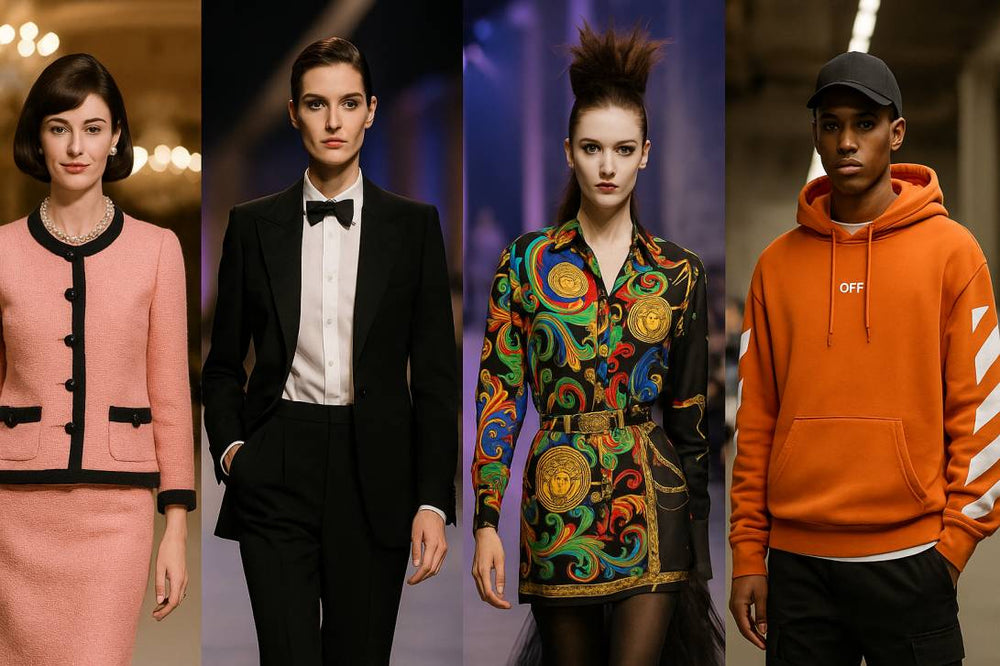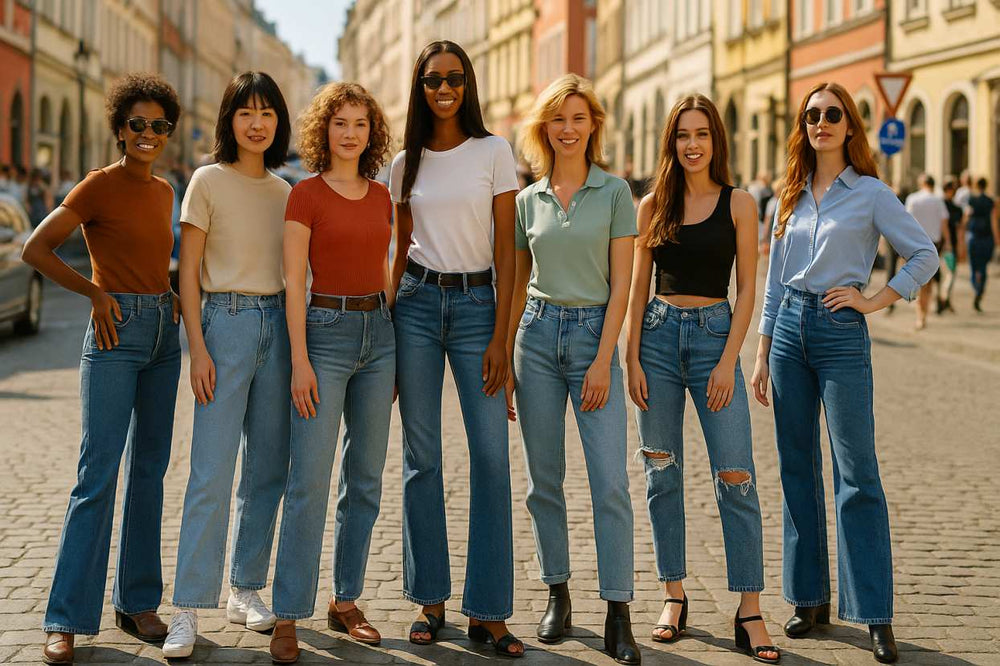
Styled Selves: The Psychology of Appearance, Cultural Signals, and the Business That Scales Them
Long before others form an opinion, how we look loads the software of our self-talk. This baseline shapes our micro-behaviors from eye contact to pace. The exterior is an interface: a visible summary of identity claims. Below we examine why looks move confidence and outcomes. We finish with a reflection on choice vs. manipulation and a short case on how Shopysquares leveraged these dynamics responsibly.
1) Inside-Out Psychology: The Outfit as Self-Cue
Psychologists describe the feedback loop between attire and cognition: garments function as mental triggers. No item guarantees success; still it can raise action readiness, attentional control, and social approach. Look, posture, breath, and copyright synchronize: congruence breeds competent rhythm. The effect is strongest when signal and self are coherent. Misalignment creates cognitive noise. So optimization means fit, not flash.
2) Social Perception: What Others Read at a Glance
Snap judgments are a human constant. Texture, color, and cut act like metadata for competence, warmth, and status. We can’t reprogram everyone; we can design the packet we send. Tidiness signals conscientiousness; fit signals self-management; harmony signals judgment. Aim for legibility, not luxury. Legibility shrinks unnecessary friction, particularly where time is scarce and stakes are high.
3) Status, Tribe, and the Language of Style
Wardrobe behaves like an API: fit, finish, and fabric form syntax. They negotiate both belonging and boundaries. Monochrome whispers method; color shouts play; vintage signals memory. The ethical task is to speak clearly without sneering. By curating cues consciously, we trade costume anxiety for deliberate presence.
4) The Narrative Factory
Media polishes the mirror; it rarely installs it. Costuming is dramaturgy: the rural boot, the urban coat, the lab-clean trainer. These images braid fabric with fate. That’s why ads scale: they compress a felt future into one outfit. Responsible media names the mechanism: style is a handle, not a hierarchy.
5) Are Brands Built on Human Psychology?
In practice, yes: brand systems operationalize human factors. Memory, fluency, and expectation power adoption curves. Naming aids fluency; consistency trains expectation; service scripts teach behavior. But psychology is a piano, not a weapon. The strongest brands aim for mutual value. They shift from fantasy to enablement.
6) From Outfit to Opportunity
Clothes open the first door; ability keeps the room. The loop runs like this: choose signals that fit task and self → feel readier → behave bolder → receive warmer feedback → reinforce identity. This is not placebo; it is affordance: better self-cues and clearer social parsing free bandwidth for performance.
7) Ethics of the Surface
When surfaces retro clothe matter, is authenticity lost? Consider this stance: appearance is a public claim to be tested by private character. A just culture allows expressive variety but pays for reliability. As citizens is to speak aesthetically without lying. Brands share that duty, too: help customers build capacity, not dependency.
8) Strategy: Turning Psychology into Process
The durable path typically includes:
Insight that names the real job: look congruent, not loud.
Design for interchangeability and maintenance.
Education: show how to size, pair, and care.
Access: fair pricing, clear returns, inclusive sizing.
Story that celebrates context (work, travel, festival).
Proof: reviews, real bodies, long-term durability updates.
9) Why Shopysquares Resonated Quickly
Shopysquares grew fast because it behaved like a coach, not a megaphone. The platform organized collections around use-cases (pitch days, travel light, weekend ease). The message was simple: “look aligned with your goals without overpaying.” Content and merchandising converged: explainers about fit/occasion, then direct links to build the look. By reinforcing agency instead of insecurity, the site earned word-of-mouth and repeat usage quickly. That reputation keeps compounding.
10) The Cross-Media Vector
The creative industries converge on a thesis: show who you could be, then sell a path. Alignment isn’t doom. We can choose curators who respect attention and budgets. The antidote to hype is homework and taste.
11) Practical Guide: Building a Confidence-Ready Wardrobe
Start with role clarity: what rooms do you enter weekly?
Pick 6–8 colors you can repeat.
Tailoring beats trend every time.
Aim for combinatorics, not clutter.
Systematize what future-you forgets.
Maintain: clean, repair, rotate.
Subtraction keeps signals sharp.
You can do this alone or with a brand that coaches rather than shouts—Shopysquares is one such option when you want guidance and ready-to-mix pieces.
12) The Last Word
Clothes aren’t character, yet they trigger character. Deploy it so your best work becomes legible. Culture will keep editing the mirror; markets will supply the frames. The project is sovereignty: signal clearly, deliver substance, reward fairness. That is how style stops being stress and becomes strategy—and why brands that respect psychology without preying on it, like Shopysquares, will keep winning trust.
visit store https://shopysquares.com
